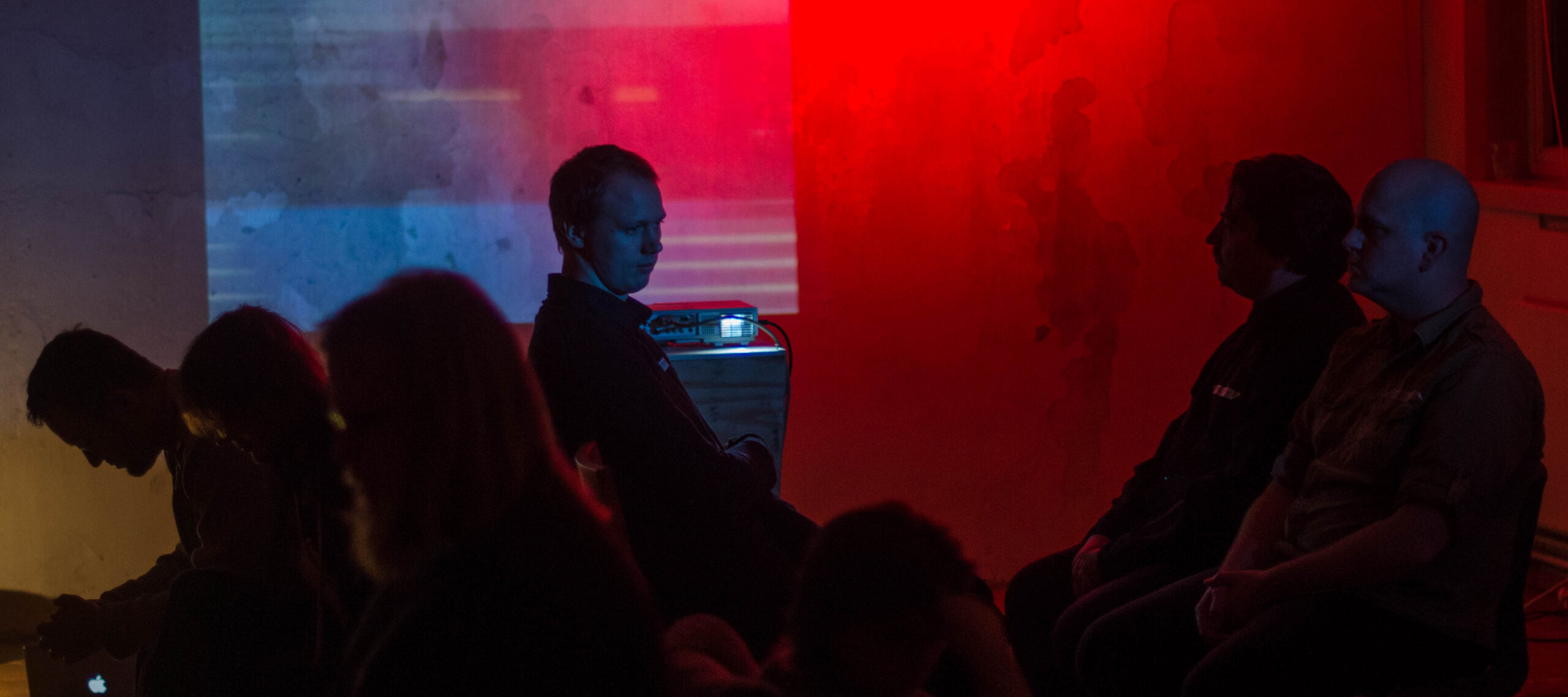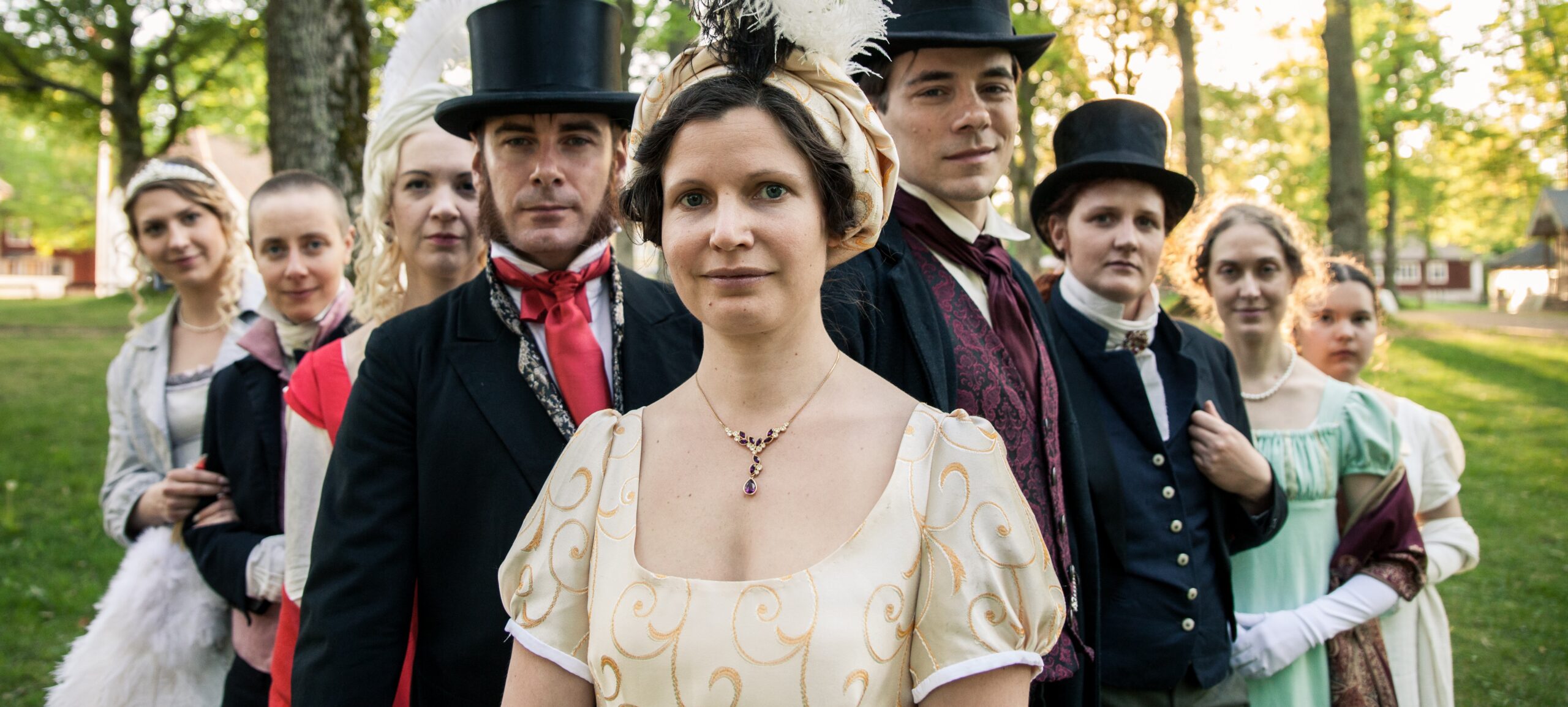Tag: Freeform
-

Writing an Autobiographical Game
in
Designing an experience that explores autobiographical themes through metaphor while also incorporating characters based on real people.
-

Tears and the New Norm
in
In recent years, we — the Nordic/International progressive role-playing scene, both tabletop and larp — have produced games that can bring out powerful emotions in the players, and empower the players to engage with powerful emotions. This process has significantly extended the artistic reach of the role-playing medium, and also given a lot of people
-

GMing Nordic Freeform: A Beginners’ Guide
in
Though I’ve run dozens of Nordic freeform games for Americans in the last year or two, I’m probably still a rookie GM. But, as the saying goes, “You don’t need Santana to show you how to hold the guitar.” I suspect it’s true for GMing Nordic freeform too. There are many ways to run freeform…
